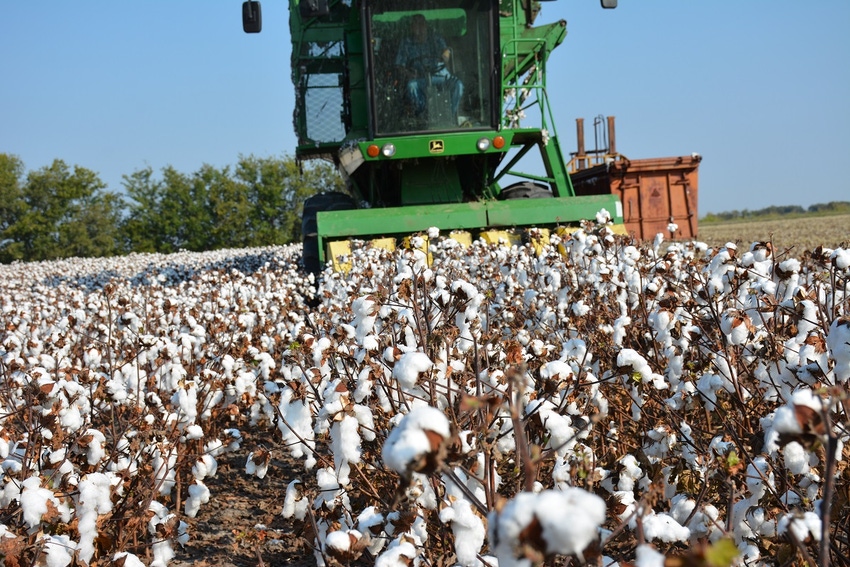October 22, 2015

USDA's October World Agricultural Supply and Demand Estimates report provided its usual share of tinkering.
The world cotton numbers showed a month-over-month increase of 880,000 bales of carry-in from the 2014 crop. Month-over-month decreases in projected Chinese, Pakistani, and Brazilian production outweighed a small increase in West African production, resulting in a lowering of world production by 1.36 million bales.
However, projected world consumption was also lowered 1.17 million bales, compared to the September projections, with the cuts concentrated in the top textile manufacturing countries (China, India, and Pakistan). Lower projected consumption is also in keeping with anecdotal reports from cotton shippers about slow business.
The bottom line of these adjustments was a 710,000 bale month-over-month increase in projected world ending stocks. Such a monthly adjustment would be mildly price-weakening according to economic theory and history.
For the latest on southwest agriculture, please check out Southwest Farm Press Daily and receive the latest news right to your inbox.
The U.S. cotton adjustments in October included a small 90,000 bale decrease in forecasted production, which appeared driven from a 5 pound cut in average U.S. all cotton yield. The biggest adjustments to yield at the state level included a 160 pound per acre increase in New Mexico (on a very small acreage), a 107 pound per acre decrease in Mississippi (on 315,000 acres), and a 72 pound per acre decrease in South Carolina (on 232,000 acres). One wonders if this adjustment in South Carolina accounts for all of the likely flood damage losses.
PRICE IMPLICATION
Georgia, with 1.1 million harvested acres, saw a 44 pound per acre increase in average yield. Texas, with 4.5 million acres, saw an 11 pound per acre decrease. There were no adjustments to U.S. mill use or exports. After some other minor tinkering to the "unaccounted" fudge factor, the bottom line of the October report was a 100,000 bale month-over-month decrease in projected U.S. ending stocks.
The price implication of such an adjustment would historically be neutral.
While the 2015 crop got off to a late start, it has apparently matured on schedule. It is no longer a late crop. The USDA indicators show that cotton boll opening and harvest are on par with five year average trends. USDA crop condition ratings have consistently showed roughly half of the U.S. crop in the “Good/Excellent” categories, with over a third rated “Fair,” and less than a fifth “Poor/Very poor.”
There are anecdotal reports of greater-than-expected cotton yields from the Texas Rolling Plains region. If true, this might ultimately translate into an upward revision to Texas production by 100,000 to 200,000 bales. Such an adjustment might offset any additional production losses from the Carolinas.
In summary, we still have a relatively tight supply picture, and ending stocks likely will either be lower or little changed, year-over-year, which suggests that, fundamentally, prices may continue to trade in their long-standing range.
With the September rains in the Southeast, and the October rains in the Southern Plains, we might have more widespread quality problems. This may not affect futures prices as much as it will widen the difference in the basis received between marginal and good lint grades.
For additional thoughts on these and other cotton marketing topics, please visit my weekly on-line newsletter.
About the Author(s)
You May Also Like




